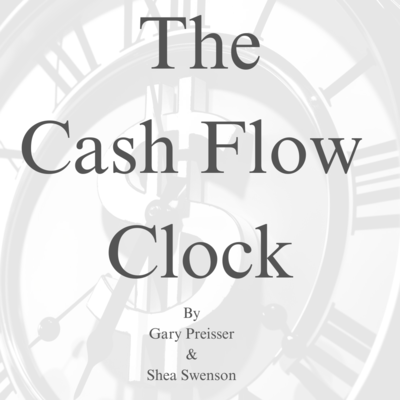The Cash Flow Clock: For Retirees - Book - Page 8

The Cash Flow Clock
Utilizing the Cash Flow Clock
Now that we understand the basic principles of the Cash Flow Clock, let’s
discuss how it can help us manage our assets.
The first section of the Clock covers our cash flow needs for the next one to
three years. This is where we will utilize Lazy Money investments. How
much should be kept in Lazy Money? That depends.
Every household has different cash flow needs. These will change
depending on our stage of life. It is helpful to consider a few basic factors in
determining our needs.
1. Emergency Funds – Every household should have an emergency
fund. The size of this fund depends on our monthly expenses. Three
months of expenses is a good starting point. However, six or even
twelve months is even better. For households that rely on variable
income (such as commissions), a larger emergency fund could be
necessary. It is critical that an emergency fund be created and
maintained according to the household needs, no matter what they
may be and how they may change.
2. Major Purchases – These include any upcoming major expense –
automobile, new home, repairs, remodels, etc.
3. Other Expenses – These may include education, weddings, vacations,
etc.
4. Recurring Income – For younger households, their income from
work “should” cover their expenses. Retirees, however, often need to
use their savings to supplement their income. That is what it is there
for.
Not only do these needs vary from household to household, but they will
vary within the same household at different times. If we have a couple of
children living at home and are saving for a new real estate purchase, then
our short-term cash flow needs may be very different than if we are empty
nester retirees living in our dream home with sufficient income for our
4